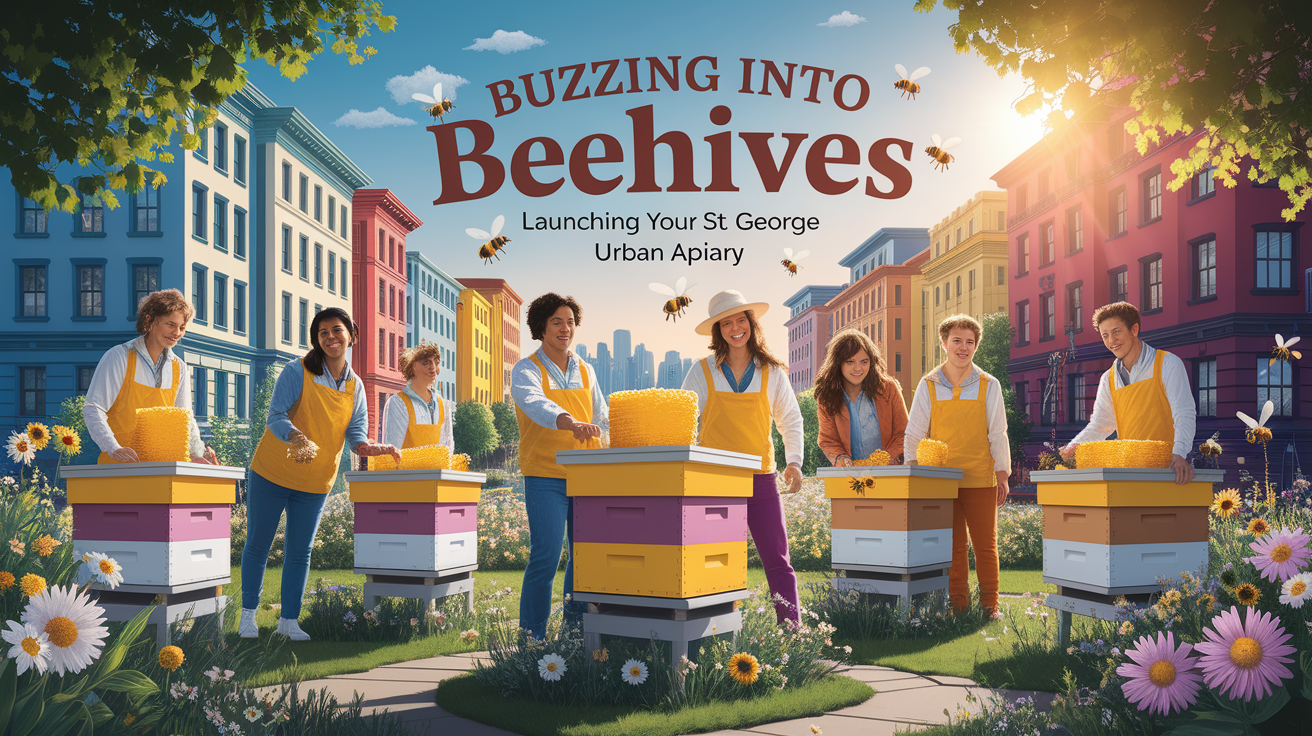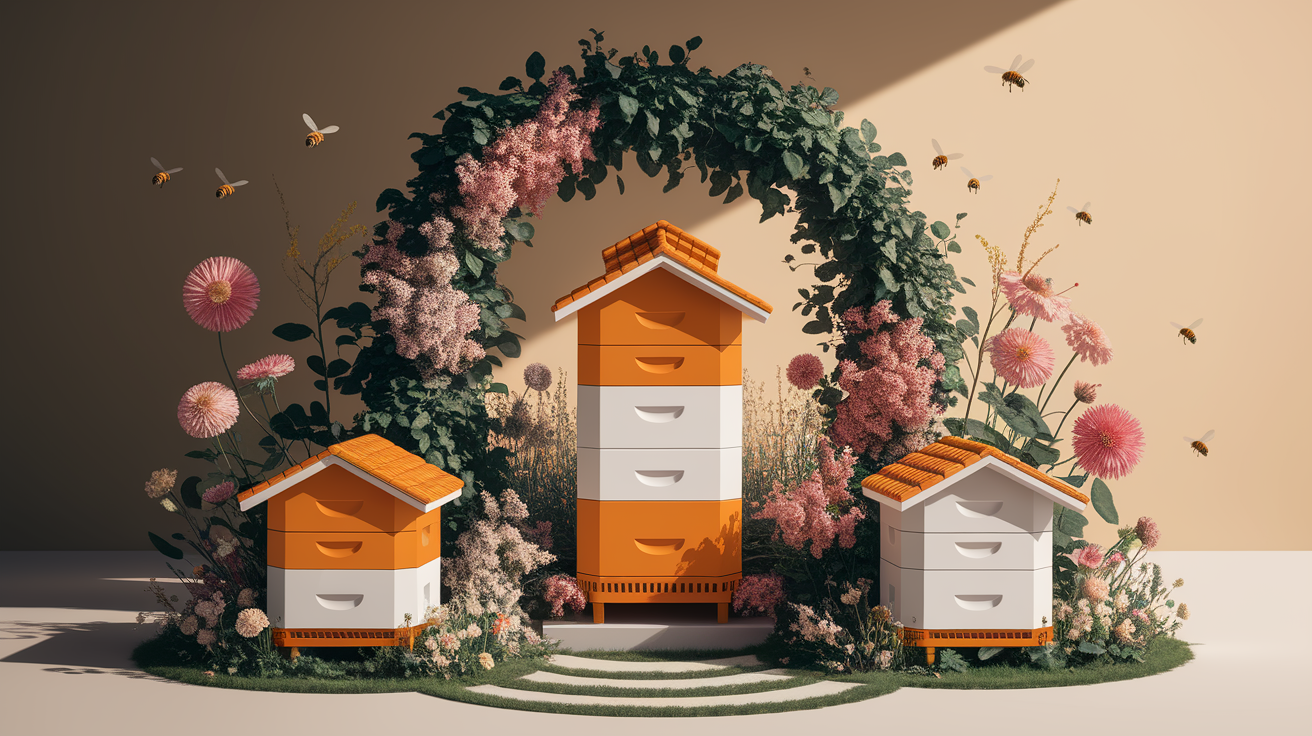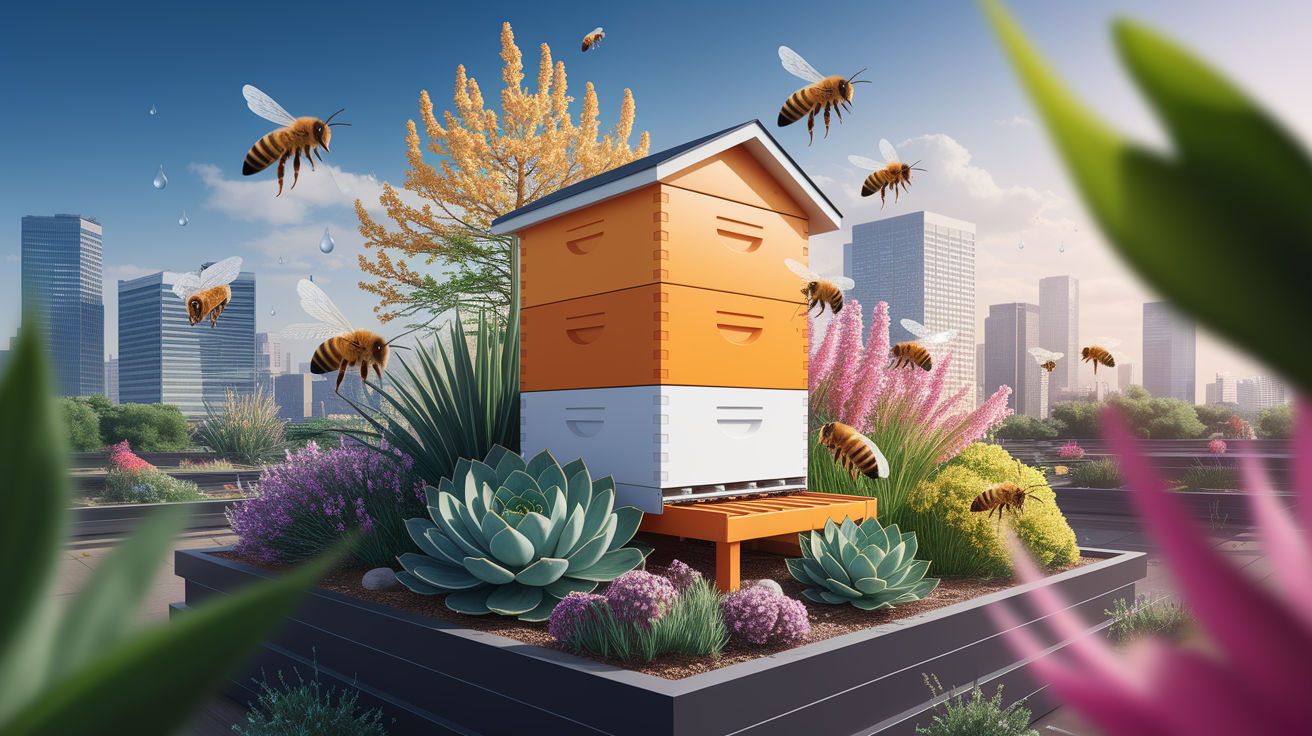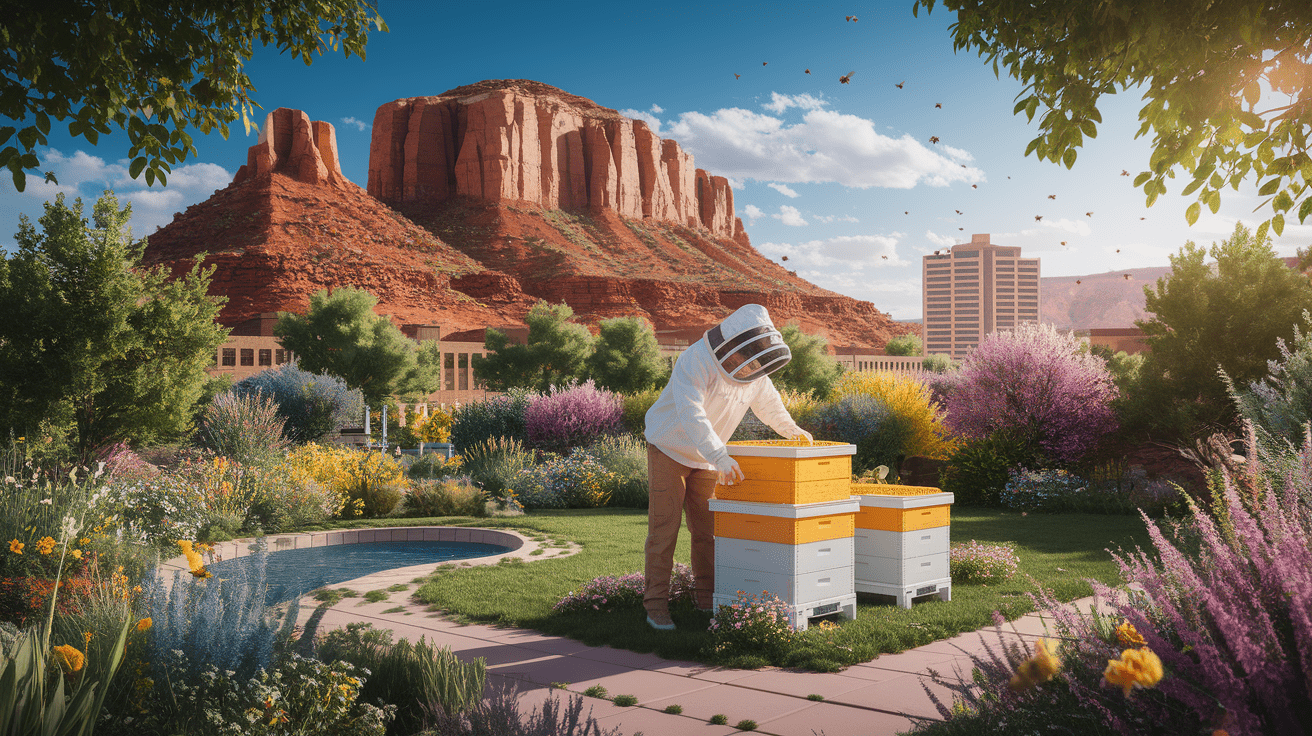St. George Urban Beekeeping Guide: Thriving in the Desert City
Buzzing Into Beehives: Launching Your St. George Urban Apiary
If you’ve ever dreamed of keeping honey bees in the warm sunshine of southern Utah, St. George offers a unique opportunity. Urban beekeeping here means working with limited space—think rooftops, patios, or small backyards—while ensuring your bees thrive in an arid climate. According to urban beekeeping best practices, success starts with understanding how to balance healthy bee habitats and positive neighbor relations.

With a little preparation, you can enjoy fresh, local honey and contribute to pollinator health. Whether you’re placing your first hive or adding to a small rooftop apiary, starting with the right knowledge will make all the difference.
Strategic Hive Placement and Setup
Hive placement is key—especially in a desert city where conditions can be challenging. A well-sited hive keeps your bees healthy and your neighbors happy. I often recommend thinking about sun, shade, and flight paths before setting up equipment.

- Face the hive entrance away from busy walkways and toward open space.
- Provide morning sun to get the bees active, and some afternoon shade to keep them cool.
- Use fences, shrubs, or screens to encourage bees to fly up and over people’s heads.
- Ensure the hive base is level, sturdy, and away from noisy machinery.
For a deeper dive into placement concerns, including how to minimize bee-human encounters, see the BOMA Guide to Urban Beekeeping.
Navigating St. George Regulations and Community Relations
Before adding your bees to the neighborhood, it’s important to understand St. George’s city beekeeping ordinances. Urban beekeeping is allowed, but there may be rules about hive numbers, location, and maintenance. You might also need to consider St. George municipal beekeeping permits. Joining a local group like the Southern Utah Beekeepers Association can help keep you informed on seasonal updates and best practices.

Equally vital is building trust with neighbors. Communicate openly about your plans, manage swarm risks, and ensure bees have what they need right on your property so they won’t bother others. As the Cornell Pollinator Network notes, courtesy and transparency encourage community support for your beekeeping projects.
Maintaining Hive Health in an Arid Urban Climate
Keeping bees healthy in St. George’s desert heat takes attentive care. Regular hive inspections help identify issues early, from queen health to pest problems like varroa mites. Using proper beekeeping equipment—such as hive tools, protective gear, and a bee smoker—makes maintenance safer and more effective.

Best practices include:
- Checking brood patterns and food stores regularly.
- Marking hives distinctly to reduce drifting between colonies.
- Replacing old comb every few years to reduce disease risk.
- Keeping entrances ventilated to control temperature and moisture.
The Honey Bee Health Coalition’s best management practices offer excellent, detailed guidance on disease prevention and overall seasonal beekeeping tasks suited even to challenging climates.
Ensuring Forage and Water Access
In St. George, you can’t count on lush greenery year-round for your bees. While honey bees are remarkable foragers, supplementing their options helps maintain colony health. Pollinator gardens with native and drought-tolerant plants are a big help, as are rooftop or community gardens. Remember to factor in bloom times so your bees have nectar and pollen through as many months as possible.

Just as important is water. Bees need a clean, accessible source—think birdbaths with pebbles or small fountains. Avoid areas where water may be contaminated with chemicals. For urban considerations on forage and water, see the advice in the Complete Guide to Urban Beekeeping and the BOMA Guide.
Leveraging Local Resources and Support
St. George has an active beekeeping community ready to help newcomers get started. Joining a local beekeeping association not only provides access to experienced mentors but also to equipment exchanges, honey extraction events, and workshops on topics like integrated pest management or seasonal hive management. Local suppliers can help you select the best bee hives for desert climates, ensuring your colonies are well-adapted to hot, dry conditions.
Don’t hesitate to participate in meetings or take part in a beginner beekeeping course in St. George—these are wonderful opportunities to learn by doing and make valuable connections.
Honeyed Horizons: Sustaining Your Urban Apiary
Urban beekeeping in St. George isn’t just a hobby—it’s a contribution to the city’s ecology. By maintaining healthy hives, engaging with neighbors, and tapping into local resources, you can enjoy a rewarding cycle of pollination, honey harvests, and community building. With patience, your backyard hives can become a source of pride and a sweet reminder of how well city beekeeping can thrive—even in the desert.
A thoughtful approach and the right knowledge are your allies in keeping bees happy and productive here. With each season, you’ll learn more, becoming not just a beekeeper, but a valued steward of urban pollinators in St. George.







